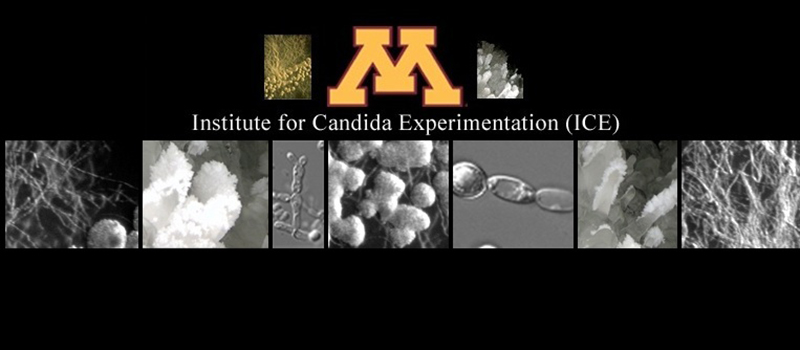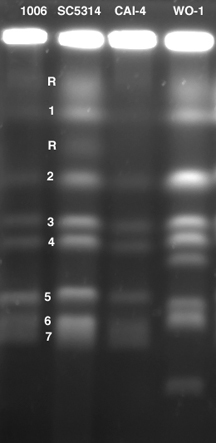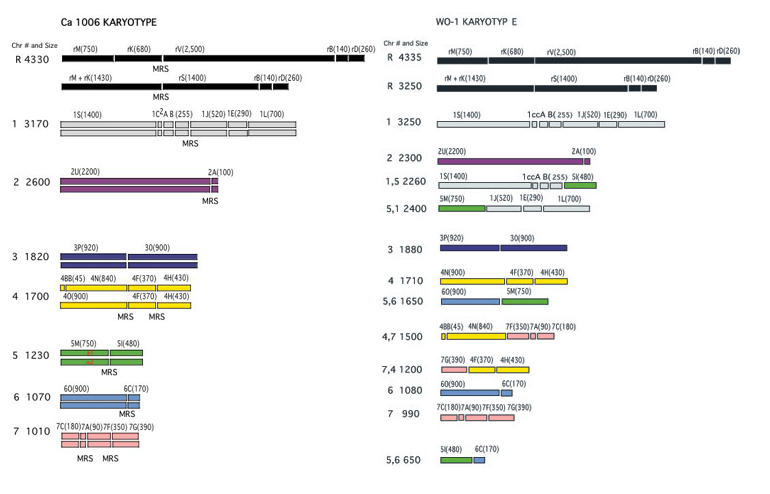
The completion of the 10.9x sequence of the Candida albicans genome (Jones, et al. 2004. PNAS 101:7329-7334) and its annotation (Braun, et al. 2005. PloS Genetics 1: 37-57), has provided Candida researchers with important tools for the analysis of this important human pathogen. However, since the sequence was not completely finished and there is no genetic map, ordering and assignment to chromosomes of contigs and their genes was impossible without a physical map. The extensive heterozygosity found in strain SC5314, whose genome was sequenced, may have important biological consequences. In order to provide information and tools to address these needs and problems, a physical map, based on a fosmid library, was used in conjunction with a new assembly, Assembly 20, based on bioinformatics, to provide completed sequence for most chromosomes. The Assembly was confirmed using an Optical Map (OpGen, Madison, WI). Assembly 20 was created at the Biotechnical Research Institute of the National Research Institute of Canada in Montreal. A Single Nucleotide Polymorphism (SNP) map, based on Assembly 19 of the genome, is available. The Assembly 20 contigs are available at the Candida Genome Database (CGD) (http://www.candidagenome.org/).
ICE (the Institute for Candida Experimentation) at the University of Minnesota is an informal group of geneticists and cell biologists who work on Candida albicans. The group includes the laboratories of Judith Berman, Dana Davis, Cheryl Gale, David Kirkpatrick, and Bebe and Pete Magee.
Caption: Cartoon of the karyotypes of C. albicans strains 1006 and WO-1. 1006 is the mapping strain and has the same karyotype as SC5314, the sequencing strain. WO-1 differs from the standard karyotype in having three reciprocal translocations (7 and 4, 6 and 5, and 5 and 1). The translocations have all occurred at or near Major Repeat Sequences. The chromosomes are color-coded to make it easier to visualize the translocations. The vertical hash marks are sites for the enzyme SfiI, which cuts in all MRS sequences (and sometimes in unique DNA).
Questions and suggestions about this web page should be directed to Pete Magee at ptm@cbs.umn.edu

Caption: Karyotypes of four strains of Candida albicans. 1006 is the strain from which the fosmid library was made; SC5314 is the strain whose genome was sequenced; CAI-4 is a commonly used Ura- derivative of SC5314; and WO-1 is a switching strain with rearranged chromosomes. The chromosomes of 1006 and SC5314 are identified by the labels.



